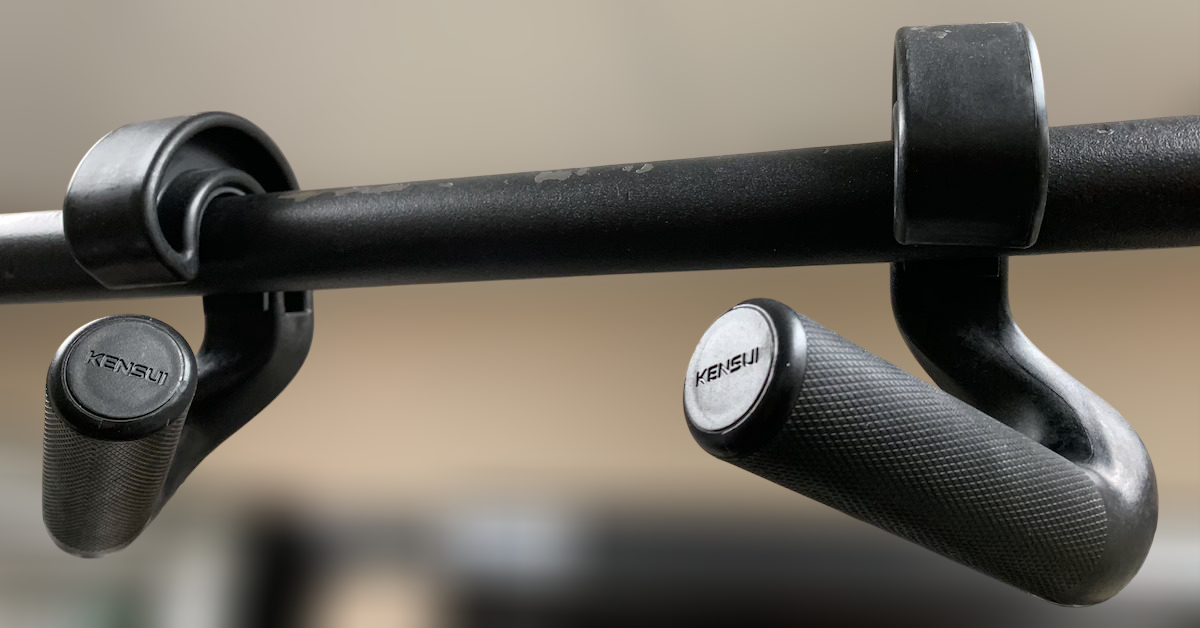The following is part of an interview that Maximum Fitness Magazine conducted with me many years ago. I was asked about the physical attributes and testing procedures necessary for success in four sports: Olympic weightlifting, martial arts, football, and running. This was my response:
Speed is crucial for all sports. To increase speed, you must improve relative strength (strength relative to body weight). The only exception where absolute strength is important is a football lineman, where overall strength, regardless of body weight, is beneficial. Regardless, to increase speed and relative strength, athletes need to increase functional mass (muscle) and decrease non-functional mass (body fat).
A thorough body composition test is required. We use 30 anthropometric measurements, including weight, height, 15 girth measurements, and 13 skinfold sites to evaluate body composition.
Next, you want to identify the best athletes in the group. Keep in mind that power is the product of strength and speed and is essential for all four of these sports—even for runners. Explosive strength training can improve running economy by increasing power per stride.
One of the best power tests is the vertical jump. Interestingly, the more endurance work an athlete does and the higher their VO2 max, the lower their vertical jump scores tend to be. Contrary to popular belief, testing for VO2 max may not be that useful, as the best athletes often don’t have the highest VO2 max scores—but they can access a greater percentage of their VO2 max.
Another excellent power test involves medicine ball throws (both forward and backward tosses for distance). The better athletes will throw the ball further. Heavier balls test power, while lighter balls test coordination.
To fully assess an athlete, you must consider the following biomotor abilities:
- Strength
- Speed
- Power
- Endurance
- Coordination
- Flexibility
- Agility
- Balance
Agility is important in football and martial arts, but most of this ability develops before puberty. That’s why getting kids involved in various sports at an early age is crucial. So far, my daughter has participated in soccer, baseball, swimming, gymnastics, dance, and karate—and she’s only five!
Balance, on the other hand, is often considered the least important biomotor ability by top strength and conditioning coaches. Agility and balance are largely untrainable—you either have them or you don’t! Spending too much time on agility drills won’t necessarily make someone a better football player.
Flexibility is important for martial arts but not so much for distance running. The sit-and-reach test, a common measure of flexibility, isn’t a great indicator of dynamic flexibility. Martial artists may be able to kick someone in the head but struggle to touch their toes. Interestingly, the second-most flexible athletes (after gymnasts) are Olympic weightlifters. One of the best tests of dynamic flexibility is the overhead squat.
Once you test among athletes, you must also test within them. Structural balance testing is essential—after all, a chain is only as strong as its weakest link. Identifying and addressing weak links can improve overall athletic performance. For example, weak rotator cuff muscles (infraspinatus and teres minor) can limit the strength of the pecs and lats, affecting pressing and pulling movements.
Other important factors to consider include:
- Explosive strength deficit
- Bilateral strength deficit
- Muscle fiber type dominance
But we’ll save those discussions for another day.

Upgrade Your Pull-Ups with Swissies-SP Handles
Pull-ups are one of the best exercises for building back and arm strength—but not all pull-up bars are created equal.

No Time to Walk After a Meal? Do This Instead!
By now, most people know that getting in daily steps is essential for overall health. In particular, taking a short

Stay Fit on the Fly: No-Excuse Workouts for Travelers
One of the biggest challenges people face when traveling is maintaining their exercise routine. The two most common excuses? Lack
follow
Error: No feed with the ID 2 found.
Please go to the Instagram Feed settings page to create a feed.
